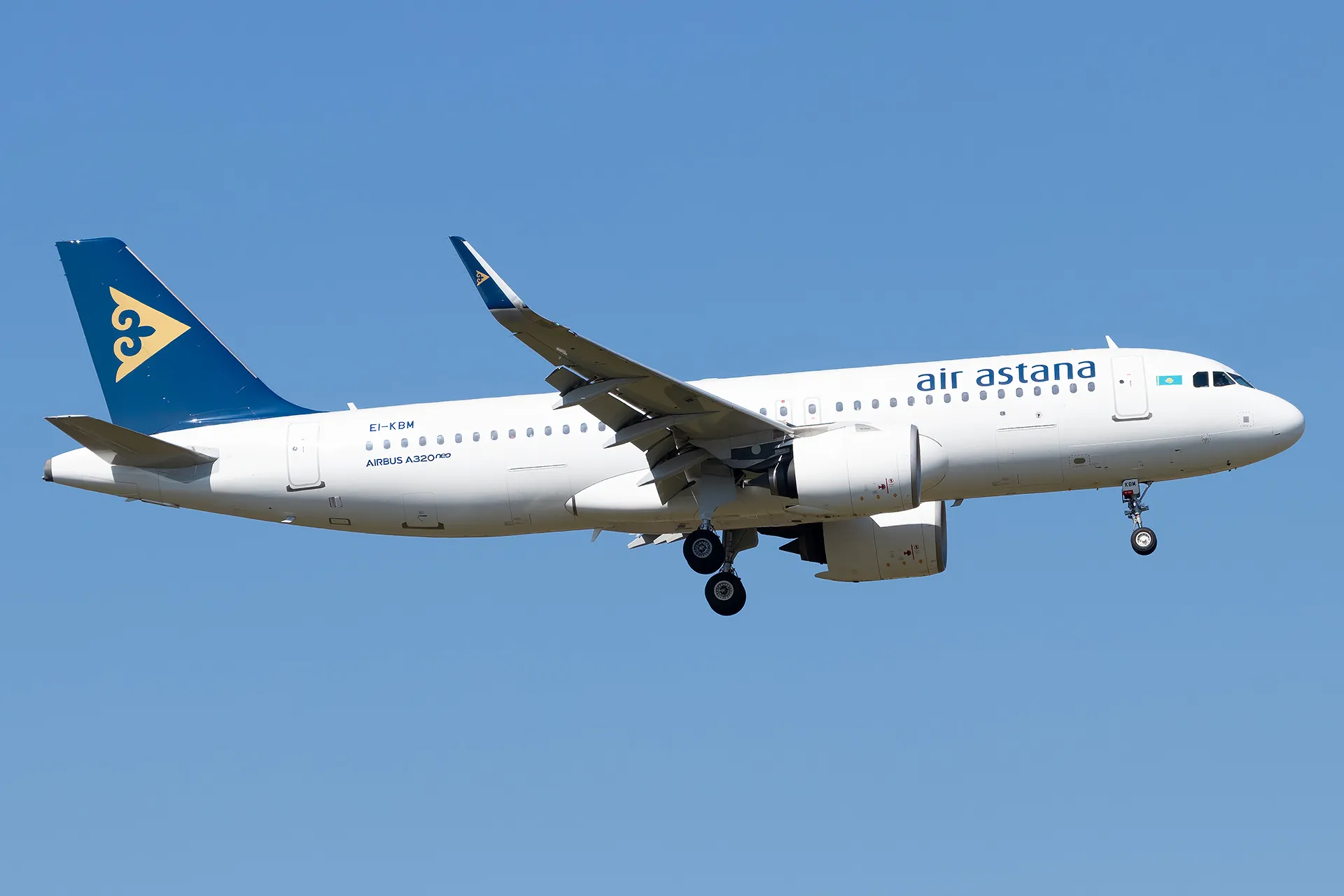ASTANA — Air Astana (KC) recently posted H1 results that turned out to be quite the win. The airline not only came out with a US$10.7 million profit, but it also also threw in 20 new routes into the mix. Compared to last year, that profit’s gone up by over 130%, reflecting resilience and ambition.
Strong Numbers All Around
Total revenue climbed to US$658.2 million, up 12.1% from last year’s first half. Passenger numbers went up as well; 4.5 million people flew with the group in just six months. And with more planes flying longer and fuller, their load factor hit 81.7%.
They also reported an EBITDAR of US$157 million, which is up by about a quarter year-on-year.
New Routes
Air Astana has added 20 new international routes this year, marking a significant expansion of its global network. The airline is now reaching deeper into Asia, Southeast Asia, Europe, and the Caucasus, rather than focusing solely on short-haul growth.
Key developments include:
- The return of the Almaty–Guangzhou service, contributing to five total Kazakh destinations in China. The group now operates 30 weekly flights to China, a sharp increase from just three in January.
- Almaty–Mumbai frequencies have been increased to five weekly, with plans to go daily.
- New destinations in Vietnam, Georgia, Montenegro, and Turkey have been added.
- A new Atyrau–Baku flight (operating three times a week) and launched direct Almaty–Frankfurt services on Tuesdays, Thursdays, and Sundays using A321LR aircraft, complementing the existing Frankfurt connections from Astana and Uralsk..
- The codeshare partnership with China Southern has been significantly expanded to 50 weekly flights between Kazakhstan and China. This enhancement is expected to improve load factors for both carriers.
Saying Bye to E2s
A significant milestone in H1 2025 was the retirement of the Embraer E2 fleet, bringing Air Astana’s aircraft count to 61. The current fleet now consists entirely of Airbus A320 family aircraft and Boeing 767s, marking the most simplified fleet structure the airline has had since 2003. This simplification is expected to enhance maintenance efficiency and streamline pilot training.
In parallel, six Airbus A321LRs have been modified with additional fuel tanks to support longer routes. At the same time, the first phase of the airline’s Aircraft Operational Support System (AOSS) program has been completed.
The airline has completed the first phase of its Aircraft Operational Support System (AOSS), and a second flight simulator is expected to be commissioned before year‑end, positioning the airline for the future integration of Boeing 787‑9 Dreamliners.
Fleet projections remain on track as well, with the group targeting an expansion to 63 aircraft by the end of 2025 and a longer-term plan to grow the fleet to 84 aircraft by 2029
What it all means
KC’s performance in the first half of 2025 reflects not only strong financial management but also a clear strategic direction. With expanding international connectivity, a simplified fleet structure, and continued investment in operational resilience, the group appears well-positioned to maintain growth momentum into the second half of the year.
If current trends hold, Air Astana is set to strengthen further its role as a competitive and agile carrier in the Central Asian region and beyond.
Stay tuned and keep following Airways. Follow us on LinkedIn and Instagram for the latest updates.




